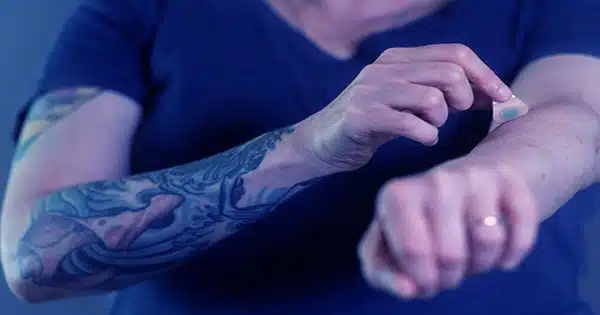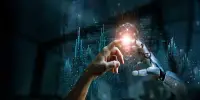A team of experts from Korea and other countries recently announced the effective creation of a cell sheet that resembles a transfer tattoo and can be applied directly to desired surfaces. Particularly in complicated and extensive injuries like burn wounds, the cell sheet delivery method has shown encouraging potential for enabling cutaneous wound healing and fostering skin tissue regeneration.
A research team at POSTECH headed by Professor Sungjune Jung from the Department of Materials Science and Engineering has created a cell sheet delivery system that enables the direct delivery of a cell sheet to selected tissues. They have also collaborated with researchers at the University of Cambridge and the School of Medicine at Pusan National University. The results were released in the prestigious magazine Advanced Materials.
Injection of cell suspensions is a common practice for the healing of injured tissue. However, this technique frequently fails to guarantee the best possible adherence of injected cells to the desired regions, producing insufficient healing effects. To improve cellular adhesiveness in reaction, a new cell sheet delivery method was developed. But in order to transport the sheets to the target tissues, traditional cell sheet systems call for the separation of cell sheets from a surface-initiated by harmful external stimuli.
The combined team created the first cell sheet distribution system in the world by utilizing a method of spontaneous cell migration between surfaces. Without the use of harmful external stimulation, this method allows the transfer of cell sheets to a target surface with various adhesion inclinations.
The team used a pliable parylene membrane that had been given FDA approval for use as a cell growth surface in order to accomplish this. In addition to steady cell binding during culture, the team’s UV-treated parylene surface also showed sufficient amounts of cell adhesiveness for effective transfer to a target tissue.
With the help of the team’s cell sheet engineering, exterior triggers, and detachment procedures are not required because cells naturally migrate. Their method claims high levels of biocompatibility, process simplification, and workflow ease in comparison to conventional approaches.
Beyond the well-known horizontal migration, their study revealed for the first time that the vertical movement of cells between two different surfaces is also possible. This mechanism of vertical movement, which the team has named “interfacial cell migration,” forms the basis of their platform for delivering cells.
Animal models were successfully used in the team’s study to show the effectiveness of their cell sheet method for treating various kinds of wounds and producing quick regenerative results. Based on these results, the team suggested creating “living cell hydrocolloid dressing(DuoDERMTM)” from cultured cell sheets in the future, which could be customized and used to treat complicated wounds. The team’s cell sheet method also demonstrates the capacity for multi-layer layering, enabling the production of 3D tissues and the use of various cell types, allowing the creation of artificial tissues with intricate multicellular patterns.
The study’s principal investigator, Professor Sungjune Jung, said that it was the first to demonstrate 3D cell movement between surfaces and that it would greatly advance our understanding of fundamental biological research.
The National Research Foundation of Korea’s Mid-career Researcher Program provided funding for the execution of this research.















